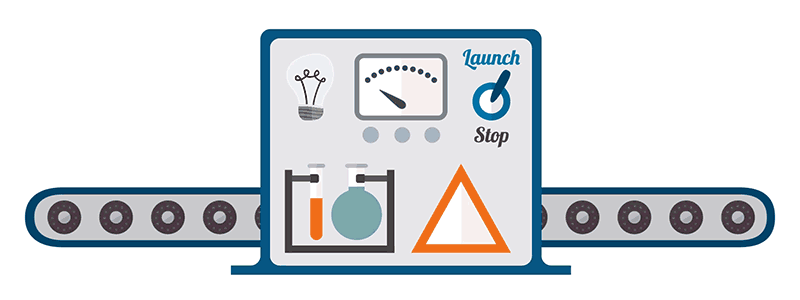
4 Tips to Get the Most from Your Vendor Communications

When it comes to communication, HR and benefits leaders typically live and breathe by the old saying, “Why reinvent the wheel?” In many cases, you don’t need to. When something’s worked well in the past, a few tweaks to update it and personalize your message is usually all you need—especially when deadlines are tight and workloads are heavy.
Your vendors and brokers share your employee engagement goals. And they typically have a boatload of communications at the ready to market their products and services. You should absolutely use them. Just be sure to adjust them so they have the impact you want. Here’s how.
1. Rebrand your vendor communications
It’s likely you educate your employees about their benefits through a company-branded benefits website. And you brand your HR and benefits communications under that same brand so employees understand benefits are part of their total rewards.
But the materials you get from your vendors tend to carry their brand. Unless you apply your own brand to them, they won’t align with your total rewards messaging. If you apply your brand to these communications, employees are more likely to recognize the value of these programs, appreciate them, and use them correctly.
2. Refocus comms around what the employee needs
Vendor communications typically focus on the products and services their programs offer. They tout the advantages and provide details about the benefit. But what they don’t do is offer context. In other words, they don’t get to the heart of what your employees need to know: WIIFM (What’s in it for me)?
You offer a lot of benefits, and for employees to use them correctly, it’s important that they understand how they work together. You may have several different vendors who provide family support benefits, for instance. You need to make it clear which vendor provides what, and how, so employees recognize they have multiple resources at their fingertips.
When you tweak these communications, it’s equally important to help employees understand the value the programs offer—such as convenience and financial support. Provide examples of how employees might use them. One way to do this is by creating “people like me” scenarios that illustrate how a program is used and how that person can benefit from it.
Another way is by offering examples of how the programs work with other benefits to add value. For example, if critical care insurance is an option, provide an example of what hospitalization might cost them out of pocket—or from their Health Savings Account—so they can see the benefit of having critical care insurance. By doing the math for your employees, you show them how they can benefit from the program.
3. Keep messages short and sweet
With only about 8 seconds to capture people’s attention before they move on to something else, you’ll want to be sure to hone vendor communications so they deliver the most important messages up front, clearly, and concisely. You already know your employees have a lot on their plates. The last thing they need or want to do is wade through lengthy paragraphs of text to figure out why they should select these specific programs or how they might use them.
Just as you’re already doing with the benefits communications you’re creating, borrow a page from the consumer marketing playbook to transform the collateral you get from vendors into punchy, eye-catching communications that are easy to understand and drive the action you want.
4. Reach out for help
Many vendors provide a toolkit of easy-to-customize emails, posters, fact sheets, and other materials that can help you educate employees about their products. Rather than spend the time sifting through the communications to figure out how to best communicate the value of these programs, ask your vendors for help. They will likely have best practices that you can use, and they will know what has worked for other organizations.
Working together with all your vendors and providers can help create an efficient and effective approach to engaging employees.
We're proud to work with large employers who recognize the business value of engaging employees in benefits. If you want to learn more, contact us.
Work with Us
We partner with organizations that value their people first. Let’s talk.

Jennifer Benz, SVP Communications Leader, has been on the leading edge of employee benefits for more than 20 years and is an influential voice in the employee benefits industry.
